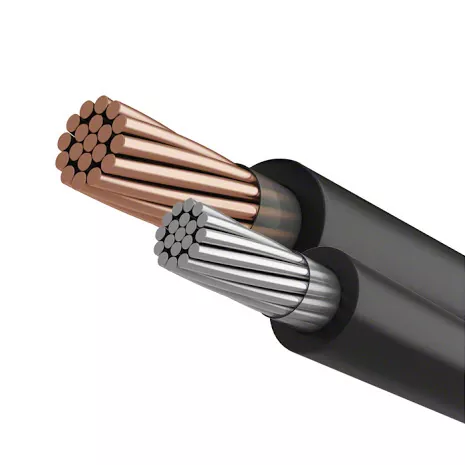 English
English Español
Español  Português
Português  русский
русский  Français
Français  日本語
日本語  Deutsch
Deutsch  tiếng Việt
tiếng Việt  Italiano
Italiano  Nederlands
Nederlands  ภาษาไทย
ภาษาไทย  Polski
Polski  한국어
한국어  Svenska
Svenska  magyar
magyar  Malay
Malay  বাংলা ভাষার
বাংলা ভাষার  Dansk
Dansk  Suomi
Suomi  हिन्दी
हिन्दी  Pilipino
Pilipino  Türkçe
Türkçe  Gaeilge
Gaeilge  العربية
العربية  Indonesia
Indonesia  Norsk
Norsk  تمل
تمل  český
český  ελληνικά
ελληνικά  український
український  Javanese
Javanese  فارسی
فارسی  தமிழ்
தமிழ்  తెలుగు
తెలుగు  नेपाली
नेपाली  Burmese
Burmese  български
български  ລາວ
ລາວ  Latine
Latine  Қазақша
Қазақша  Euskal
Euskal  Azərbaycan
Azərbaycan  Slovenský jazyk
Slovenský jazyk  Македонски
Македонски  Lietuvos
Lietuvos  Eesti Keel
Eesti Keel  Română
Română  Slovenski
Slovenski  मराठी
मराठी  Srpski језик
Srpski језик
What are the outstanding advantages of solar cables?
2025-10-09
What are solar cables?
Solar cables are cables specially designed for the safe transmission of DC solar energy in photovoltaic systems. These solar cables are designed to have high mechanical strength to withstand the harsh requirements of photovoltaic systems and adverse weather conditions.
The cables used in photovoltaic power station systems can be roughly divided into two categories, DC cables and AC cables.

According to the different use environments and purposes, they are classified as follows:
1. DC cables
(1) Series cables between components.
(2) Parallel cables between strings and between strings and DC distribution boxes (combiner boxes).
(3) Cables between DC distribution boxes and inverters.
Generally speaking, the above-mentioned cables are DC cables, which are mostly used outdoors and are required to work normally in humidity, sunlight, cold, and ultraviolet radiation. In some special use scenarios, they must also be resistant to chemicals such as acids and alkalis.
2. AC cables
(1) Connection cables from inverter to step-up transformer.
(2) Connection cables from step-up transformer to distribution device.
(3) Connection cables from distribution device to grid or user. The above-mentioned cables are AC load cables, commonly used outdoors, and their selection requirements are the same as for general power cables.
3. Solar Cables
Most DC cables in solar power plants are installed outdoors in extremely harsh environments. Cable material selection is based on the exposure to UV radiation, ozone, temperature fluctuations, and chemical corrosion from acids and alkalis. If conventional cables are used, prolonged operation in harsh environments can damage the cable sheath and even cause the insulation to decompose, leading to short circuits and fires. Therefore, the use of photovoltaic cables in solar power plants is absolutely essential. Unlike conventional cables, photovoltaic cables undergo a radiation treatment process. This treatment significantly improves the thermal, mechanical, and chemical properties of the cable insulation, making it more resistant to UV radiation, extreme temperature fluctuations, and chemical corrosion.
Differences between solar cables and conventional cables
| Parameters | Photovoltaic Cable | Ordinary Cable |
|---|---|---|
| Conductor | Copper conductor or tin-plated copper conductor | Copper conductor or tin-plated copper conductor |
| Insulation | Irradiation-crosslinked polyolefin insulation | Polyvinyl chloride or cross-linked polyethylene insulation |
| Sheath | Irradiation-crosslinked polyolefin insulation | Polyvinyl chloride sheath |
| Flexibility | Good | Fair |
| Torsion resistance | Good | Poor |
| Service life | Typically over 25 years | Generally around 10 years |



